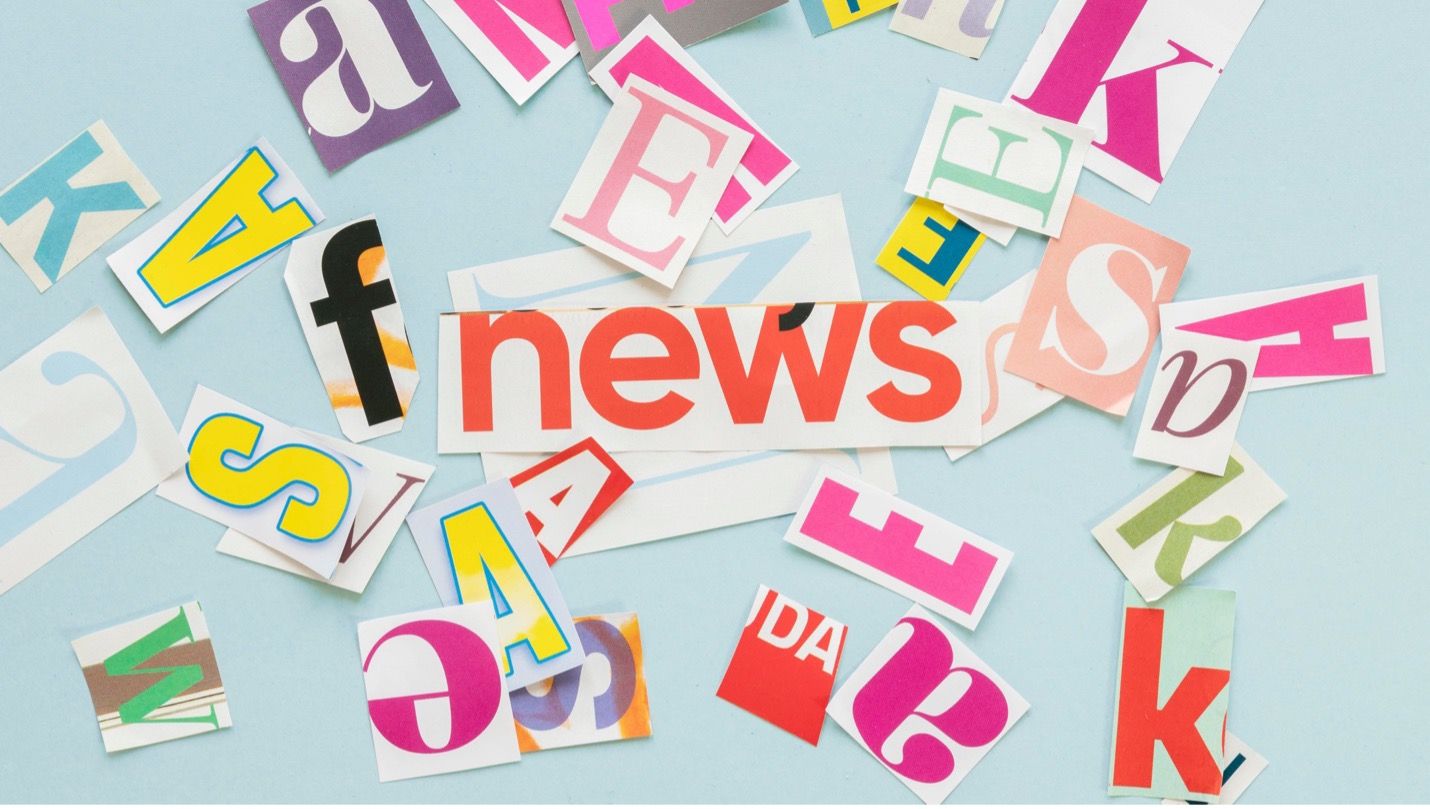At the forefront of technological revolution stands marketing automation—a dynamic and transformative tool that has the potential to redefine how media businesses engage with their audiences, drive growth, and cultivate enduring brand loyalty. From personalized content delivery to streamlined audience engagement, from data-driven insights to efficient campaign management, marketing automation presents a spectrum of opportunities for media businesses to not only adapt but thrive in an era characterized by rapid change. This article delves into the multifaceted ways in which marketing automation can be harnessed within the media industry, shedding light on its diverse applications, real-world examples, and the extraordinary impact it can have on reshaping the very fabric of media consumption and interaction. As media professionals navigate an increasingly digital landscape, understanding and harnessing the power of marketing automation is not just a strategic move—it’s a visionary step toward a new era of media excellence.
1. Personalized Content Recommendations:
Marketing automation empowers media businesses to curate personalized content recommendations, enhancing user experiences and driving audience engagement. Let’s explore this scenario with an example:
Imagine an online news publication that covers a wide range of topics, from politics to lifestyle and technology. Leveraging marketing automation, the publication analyzes user behavior, such as articles read, time spent on the website, and past interactions.
Example: Personalized Content Recommendations
User A frequently reads articles about environmental issues and sustainable living. The marketing automation system recognizes this pattern and automatically populates User A’s homepage with a curated selection of articles related to climate change, eco-friendly practices, and renewable energy.
User B regularly explores articles about fitness and health. Marketing automation ensures that User B’s experience is tailored by featuring articles on nutrition, exercise routines, and mental well-being, boosting their engagement and time spent on the platform.
User C engages with technology and gadget reviews. The marketing automation system intelligently suggests articles on the latest gadgets, tech trends, and in-depth product analyses, satisfying User C’s tech-savvy appetite.
By employing marketing automation for personalized content recommendations, the online news publication ensures that each reader is presented with articles that resonate with their interests and preferences. This personalized approach not only enhances user satisfaction but also increases page views, time on site, and the likelihood of repeat visits, ultimately bolstering the publication’s reputation and revenue streams.
2. Drip Campaigns for Subscriber Engagement:
Engaging subscribers and nurturing leads are vital pursuits for media businesses aiming to foster a dedicated audience base. Marketing automation facilitates the implementation of drip campaigns, a strategic sequence of automated emails designed to cultivate subscriber relationships. Let’s delve into this scenario with an example:
Consider an online entertainment platform that offers a diverse range of content, including movies, TV shows, and original series. This platform seeks to maximize subscriber engagement through a well-crafted drip campaign.
Example: Drip Campaign for Subscriber Engagement
- Welcome Series: When a user subscribes to the entertainment platform, an automated welcome email is triggered, introducing them to the platform’s offerings and highlighting its unique features. The email may also include a limited-time discount on the first month’s subscription.
- Content Showcase: A week after a user subscribes, an automated email is sent showcasing popular and trending content across different genres. This email provides a glimpse of the platform’s breadth of options, enticing subscribers to explore further.
- Genre-Specific Recommendations: Based on the user’s initial viewing preferences, marketing automation triggers genre-specific emails. For instance, if a subscriber watches primarily action movies, an automated email suggests action-packed TV series and provides a brief synopsis of each.
- Engagement Prompts: After a user has been on the platform for a month, an automated email encourages them to create watchlists, rate content, and explore personalized recommendations. The email may include a call to action to rate recently watched shows or movies.
- Exclusive Previews: As the subscriber’s renewal date approaches, an automated email offers an exclusive sneak peek of upcoming releases, sparking anticipation and increasing the likelihood of renewal.

3. Ad Campaign Management:
Effective ad campaign management is essential for media businesses to connect with their target audience and achieve their revenue goals. Marketing automation streamlines the process by enabling precise targeting, efficient scheduling, and data-driven optimization of ad campaigns. Let’s explore this scenario with an example:
Imagine a digital magazine that covers topics ranging from lifestyle and fashion to technology and travel. The magazine aims to boost its online presence and attract advertisers seeking to reach specific demographics.
Example: Ad Campaign Management
- Targeted Audience Segmentation: Using marketing automation, the magazine analyzes its readership data and segments the audience based on factors such as age, interests, and geographic location. This segmentation allows advertisers to precisely target their desired audience for maximum impact.
- Customized Ad Packages: Advertisers can choose from a menu of predefined ad packages or customize their campaigns to align with their objectives. For instance, a fashion retailer can select a package that places their ads in articles related to fashion and lifestyle, ensuring their message reaches a highly relevant audience.
- Automated Campaign Scheduling: Advertisers can schedule their campaigns in advance using the marketing automation platform. The system ensures that ads are displayed at optimal times when the target audience is most active, increasing visibility and engagement.
- Performance Tracking and Optimization: Throughout the campaign, marketing automation tracks key performance metrics such as click-through rates and conversions. Advertisers receive automated reports detailing campaign performance, enabling them to make informed decisions about adjustments and optimizations.
- Retargeting Strategies: If a user interacts with an advertiser’s ad but doesn’t make a purchase, marketing automation can trigger retargeting ads that appear across the magazine’s website and social media platforms, encouraging the user to revisit and complete the action.
4. Social Media Management:
In today’s digital age, social media is a pivotal platform for media businesses to engage audiences, promote content, and build brand loyalty. Marketing automation empowers media businesses to efficiently manage their social media presence, ensuring consistent and impactful interactions with their followers. Let’s delve into this scenario with an example:
Consider a news organization that covers current affairs, politics, and global events. To effectively manage its social media presence, the news organization leverages marketing automation.
Example: Social Media Management
- Content Scheduling: Using marketing automation software, the news organization schedules a diverse range of news articles, infographics, and videos to be automatically posted on its social media platforms at optimal times throughout the day. This ensures a steady stream of content that aligns with its readers’ interests and online behavior.
- Hashtag Strategy: The marketing automation platform monitors trending hashtags and keywords related to current events. When relevant news breaks, the platform automatically generates social media posts that incorporate these hashtags, enhancing the organization’s visibility within relevant conversations.
- Engagement and Responses: The automation system monitors comments, mentions, and direct messages across social media platforms. It automatically responds to frequently asked questions and prompts engagement by acknowledging and thanking users for sharing the organization’s content.
- Content Repurposing: When a news article gains significant traction, the marketing automation platform can repurpose the content into engaging visuals, such as quote graphics or key takeaways, and share them across social media channels to extend the article’s reach.
- User-Generated Content: The automation system identifies and highlights user-generated content, such as photos from events covered by the organization. Automated posts showcase this content, encouraging audience participation and fostering a sense of community.
5. Event Promotion and Management:
Hosting and promoting events are integral components of media businesses, enabling them to connect with their audience in person and foster deeper relationships. Marketing automation plays a pivotal role in seamlessly orchestrating event promotion, registration, and attendee engagement. Let’s explore this scenario with an example:
Imagine a media company that produces a popular science and technology podcast. To enhance its engagement with listeners and create a memorable experience, the company decides to host a live podcast recording and panel discussion with renowned tech experts.
Example: Event Promotion and Management
- Automated Invitations and Reminders: The marketing automation system sends personalized invitations to the media company’s podcast subscribers and social media followers. Automated reminders are scheduled leading up to the event, ensuring that potential attendees have the event details on their radar.
- Event Registration and Confirmations: Through an automated registration process, interested individuals sign up for the event on the company’s website. Upon registration, the automation system immediately sends a confirmation email with event details, including date, time, location, and speakers.
- Pre-Event Engagement: In the weeks leading up to the event, the automation platform engages registered attendees with teaser content, such as short video interviews with the panelists or sneak peeks of the podcast topics to be discussed.
- Day-of Event Coordination: On the day of the event, the marketing automation system sends real-time notifications, guiding attendees to the venue and providing last-minute updates. Automated check-in processes streamline entry and create a seamless attendee experience.
- Post-Event Follow-up: Following the event, automated emails express gratitude to attendees for their participation and provide links to the recorded podcast episode. Attendees are encouraged to share their thoughts and feedback, fostering a sense of community and involvement.
Usermost:
Usermost emerges as a pivotal ally for media businesses, offering a comprehensive suite of innovative marketing automation solutions tailored to the unique demands of the industry. Through Usermost’s sophisticated platform, media businesses can seamlessly orchestrate personalized content delivery, dynamic audience engagement, and data-driven campaign optimization. Leveraging Usermost’s capabilities, media professionals can craft tailored audience segments, ensuring that each piece of content resonates with individual preferences and behaviors. The platform’s robust data analytics empower informed decision-making, enabling media businesses to refine strategies and content offerings based on real-time insights. Usermost’s automation prowess extends to campaign management, simplifying the coordination of multi-channel initiatives across digital platforms, social media, and more. By embracing Usermost, media businesses can elevate their engagement strategies, enhance content relevance, and ultimately forge lasting connections with their audience in the ever-evolving landscape of modern media consumption
